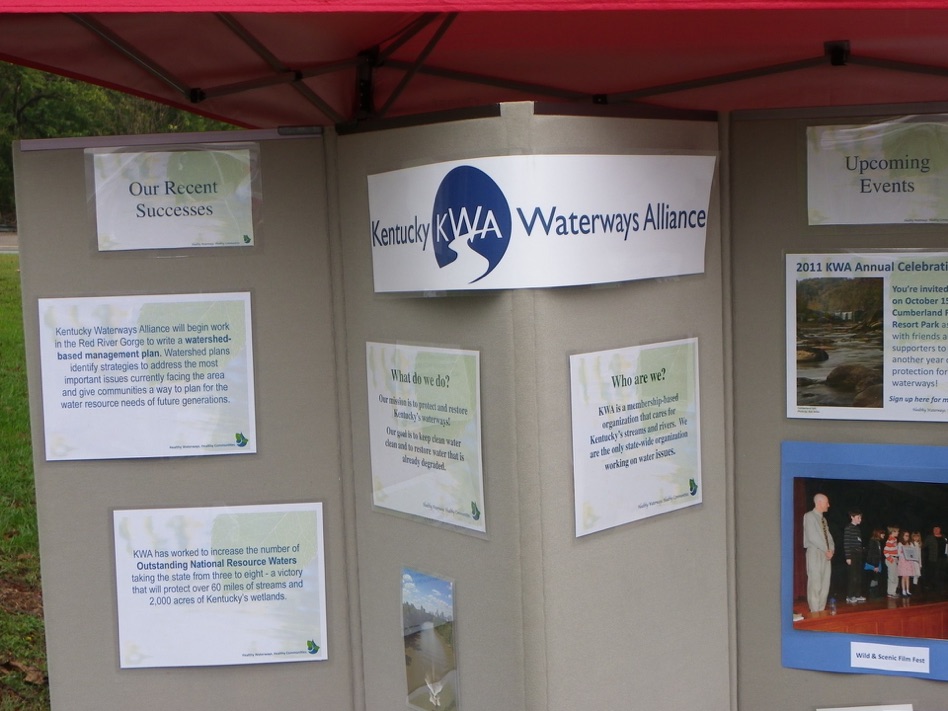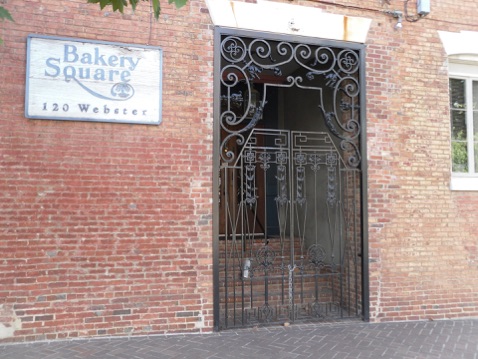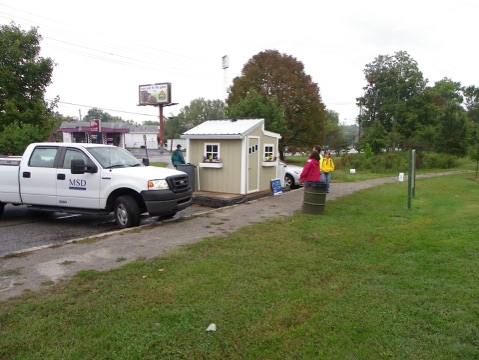See the KWA website:
<http:/www.kwalliance.org/our-board>
KWA Officers
Gordon Garner, President
Ward Wilson, Vice President
Bruce Scott, Treasurer
Hugh Archer, Secretary
Bev Juett, Immediate Past-President
Basin Delegates
Kenny Book, Kentucky River
Marc Hult, Licking River (includes Kinniconick Creek)
Ouida Meier, Upper Green River (above Woodbury Dam)
Scott VanderPloeg, Lower Green River (below Woodbury Dam)
Dave Wimsatt, Salt River (includes Little Kentucky River, Harrods Creek, Pond Creek, Otter Creek and Sinking Creek)
Tom Vierheller, Big Sandy River (includes Little Sandy and Tygarts Creek)
Bob Johnson, Jackson Purchase
Vacant, Upper Cumberland River
Vacant, Lower Cumberland and Tradewater Rivers
Organizational Delegates
Tim Guilfoile, Sierra Club
At-Large Delegates
Kelly McKnight
Doug Davis
Emeritus Board Member
Frank Elsen
KWA Staff
Judith Petersen, Executive Director,
Angela Doyle, Development Director,
Tim Joice, Water Policy Director,
Tessa Edelen, Watershed Program Director,
Will Willis, Communications Director
Jesica Kane, Office Manager
KWA Booth in the Spring of 2011 at Willow Lake in Cherokee Park













